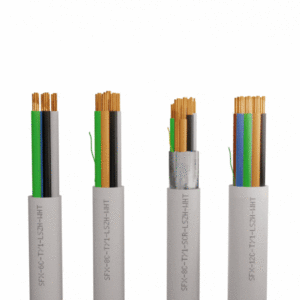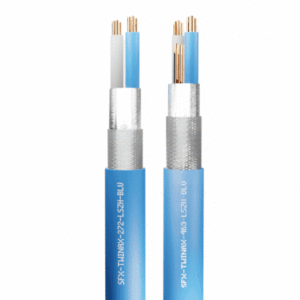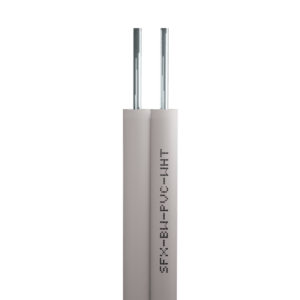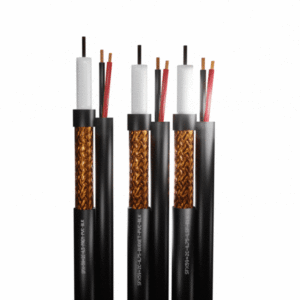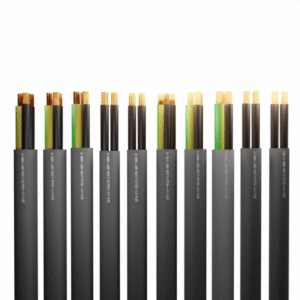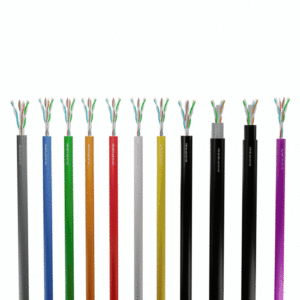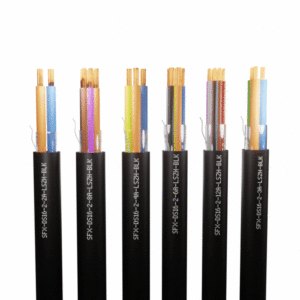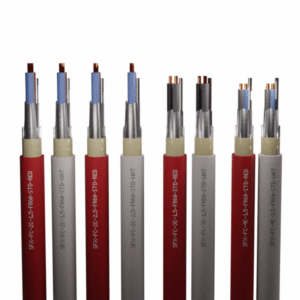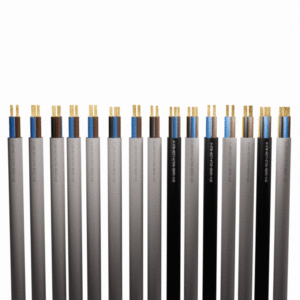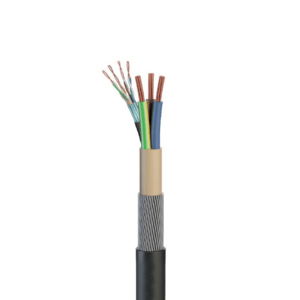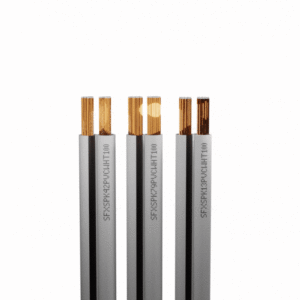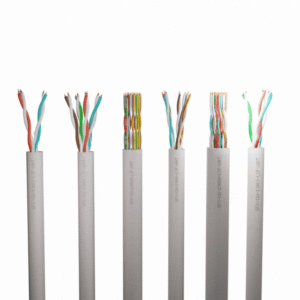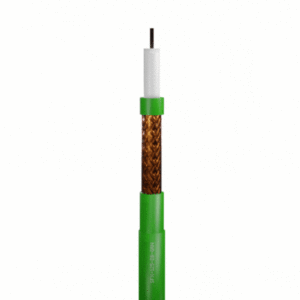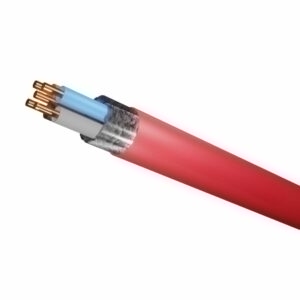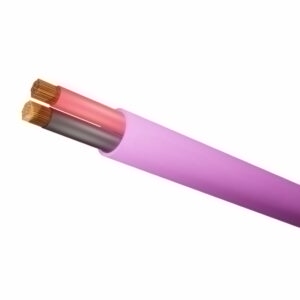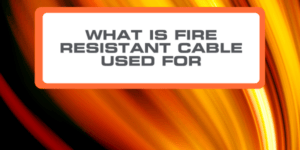There is a difference!
In the realm of modern construction and electrical engineering, safety and reliability are paramount considerations.
The use of suitable materials, particularly in cable installations, is essential to ensure the protection of both life and property.
Two terms you may come across in this context are “fire-resistant cables” and “flame-retardant cables.”
The two may sound similar, however they have distinct differences that play roles in maintaining electrical systems during fire incidents.
Fire-Resistant Cables: Withstanding the Heat
Fire cables maintain their functionality for a specific duration, even when exposed to high temperatures caused by a fire.
These fire rated cables communicate during the event of a fire, allowing emergency systems to operate for a safe evacuation process.
Key Characteristics of Fire-Resistant Cables:
- Insulation and Sheathing Materials – Manufacturers make fire-resistant cables using materials that withstand extreme temperatures. We choose the insulation and sheathing materials to provide exceptional fire resistance.
- Integrity Under Fire – When exposed to flames and extreme heat, fire-resistant cables maintain their structural integrity. Emergency Lighting, Fire Detection and other communication systems rely heavily on Fire-resistant cables.
- Time – Fire-resistant cables split into “Standard” (30 or 60 minutes) and “Enhanced” (120 minutes). This indicates the time they can withstand fire exposure while maintaining their function.
Applications of Fire-Resistant Cables:
- Emergency Lighting.
- Fire Alarms – Commercial Buildings, Office Blocks, Hospitals, Hotels & Railway Stations.
- Smoke Extraction Systems – Industrial, Public & Commercial Environments.
- Evacuation Routes – Stairwells, Exit Paths & Fire Escape Routes.
Flame-Retardant Cables: Limiting Fire Spread
Flame-retardant cables hinder the rapid spread of flames along the cable’s length.
They do not offer the same level of resistance to high temperatures. Their primary goal is to prevent fire from moving along the cable, containing the fire and allowing for intervention.
Key Characteristics of Flame-Retardant Cables:
- Delayed Flame Spread – Produced with materials the prevent the spread of fire. These materials release flame-suppressing compounds when exposed to heat, slowing down the progression of flames.
- Low Smoke Zero Halogen (LSZH) – These cables minimise the release of toxic gases and smoke when exposed to fire. This improves safety conditions for occupants and responders.
- Insulation and Sheathing – Specialist insulation and sheathing materials create flame-retardant cables which reduce the cable becoming a fuel source itself.
Applications of Flame-Retardant Cables:
- Commercial Buildings.
- Residential Buildings.
- Non-Critical areas (where immediate evacuation is not the primary concern).
- Consumer Electronics – Household appliances, Power Cords, Electronic Products etc.
In Summary:
In the world of electrical engineering and fire safety, the distinctions between fire-resistant cables and flame-retardant cables are crucial.
Fire-resistant cables withstand high temperatures and maintain functionality during a fire.
Flame-retardant cables focus on limiting the spread of flames along the cable’s length.
Both types of cables play vital roles in ensuring:
- The safety of occupants.
- Protecting property.
This enables effective firefighting and emergency response efforts.
Understanding the main differences between Fire-Resistant & Flame-Retardant cables, allows you to make informed decisions when selecting the appropriate cable for your application, which ultimately contributes to British standards.
If you have any questions that weren’t answered in this article, please do not hesitate to get in touch with our friendly team.
We’re always happy to help!

